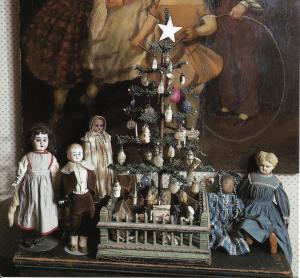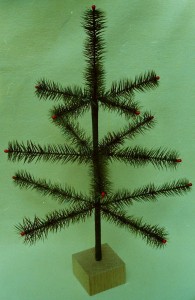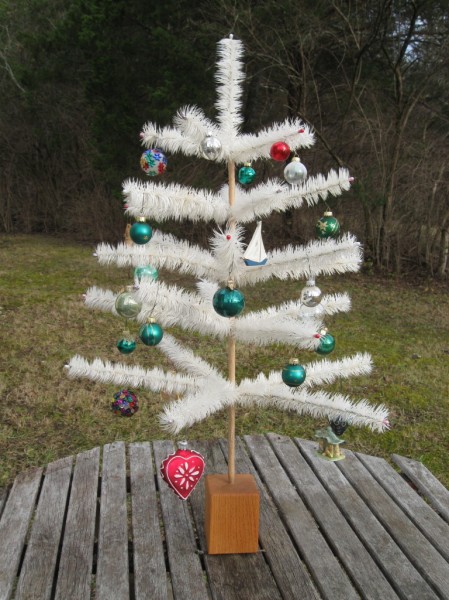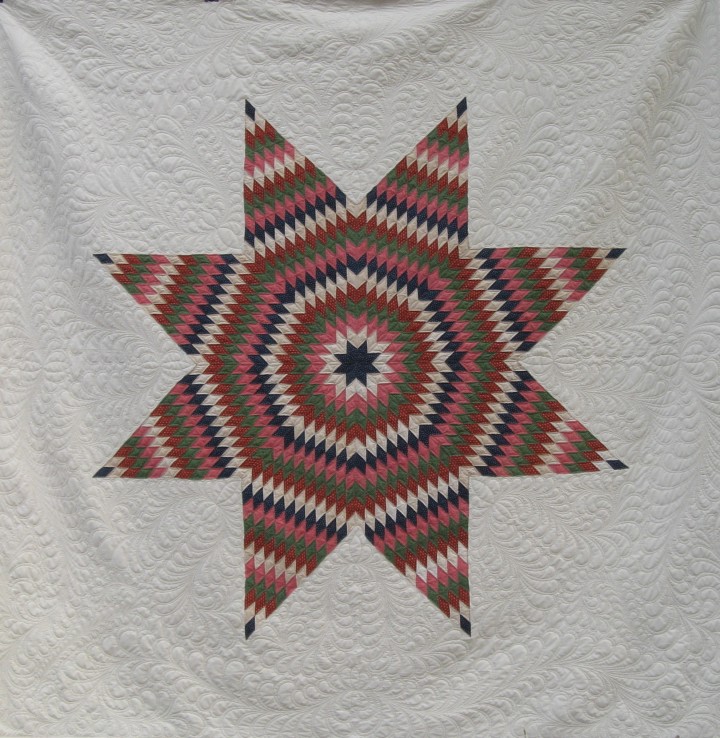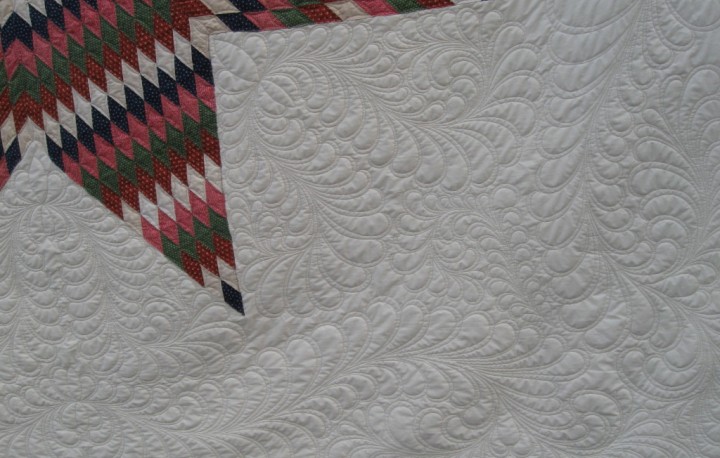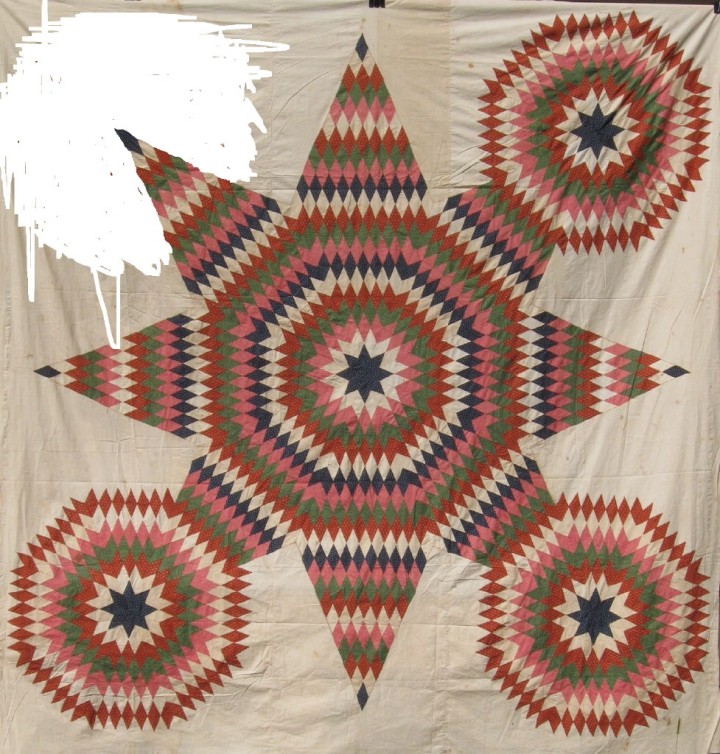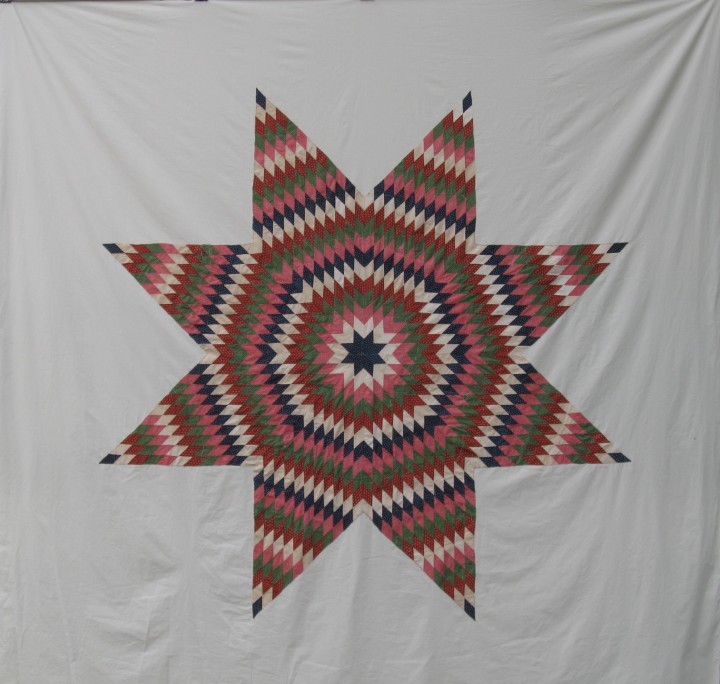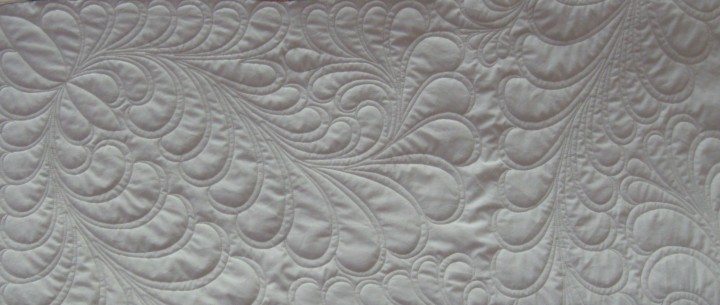 This is my current project. It is a quilt top, waiting to be made into a quilt. However the fabric seems very old and there are condition issues. It is an unusual pattern which makes it a little special.
This is my current project. It is a quilt top, waiting to be made into a quilt. However the fabric seems very old and there are condition issues. It is an unusual pattern which makes it a little special.
Sally, the owner of this quilt top wants it made into a quilt that she can use. The top was made in Alabama by her mother-in-law, Leila. This is one of those items that comes with some history, but carries much more information in the construction and fabric.
The story: Sally says that she remembers purchasing the cloth for Leila to make the quilt for her. Sally was married in March of 1948, so it may have been around that time. My observations, consultations, and research lead me to believe that it is older than 68 years. Perhaps because it has some condition issues, it would be better to preserve it as a donation to some historic setting in Alabama.
The design: I cannot find any reference to to the name of this arrangement of diamonds. It may be one-of-a-kind. Without the sunbursts in the corners, it resembles a Bethlehem Star.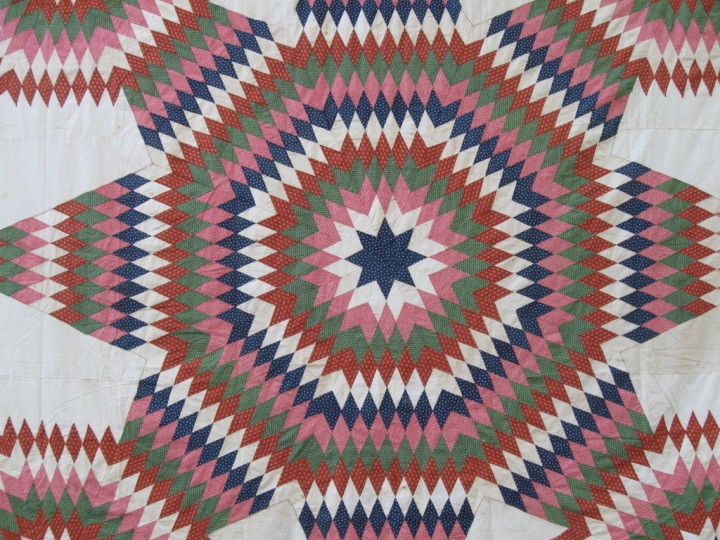
The construction: The sewing was done by machine and by hand. The diamond pieces were assembled, then the body of the star was sewn to the background with a sewing machine, and the sunbursts were hand appliqued with tiny, beautiful stitches. Lastly, the white cloth behind the design was cut away.
The fabrics: The white background was randomly pieced white fabrics, in varying shades. There are many stains and brown spots. The spots are random and are on the prints too. If made into a quilt, it should be washed, especially because Sally says that Leila did not pre-wash the fabrics to set the colors.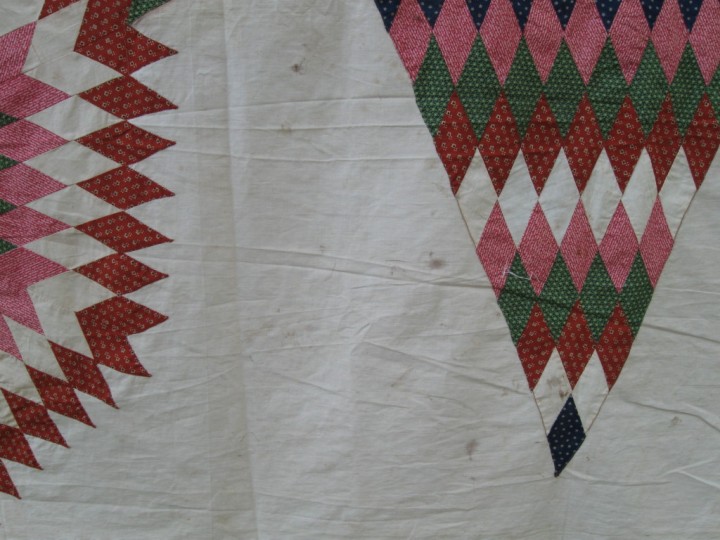
The prints are typical of the late 19th century (1875 forward), but the fabrics could have been saved for years and years. Notice the orangy-red fabric. The black that was used to print the design probably had iron in it and it has eaten through the cloth. These tiny holes make washing kind of risky. All the rest of the prints are in good condition. 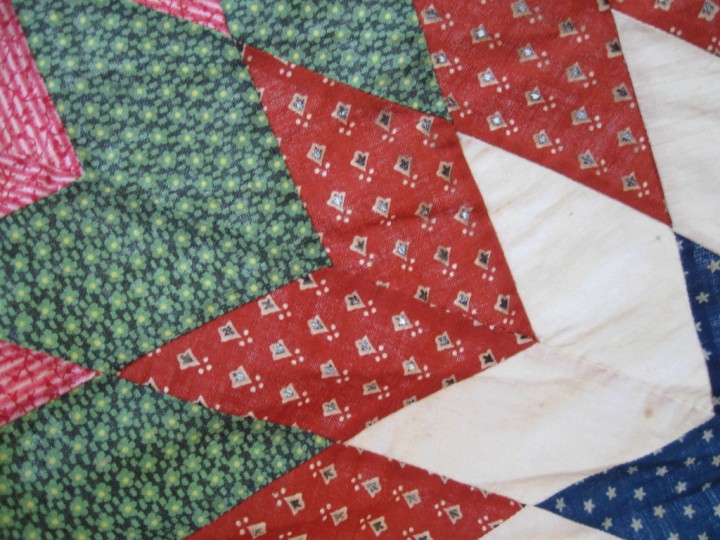
Washing: Sally decided that she wanted the quilt badly enough that she was willing to risk having me wash it. She was not interested in donating it to a historical society or house museum. Her comment was: “Either it goes in the scrap bag or we will make a quilt.”
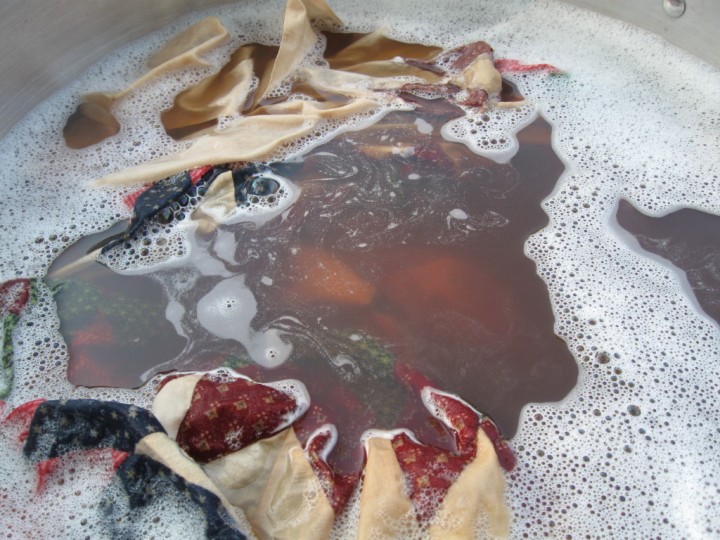
In a 20 gallon pot on a propane burner outdoors, the quilt top was simmered in soap and washing soda. The water turned brown right away. After a number of rinses, the white was not clean enough to suit me, but the orangy-red bled as much as it was going to. Almost all the little black dots were gone, and the holes have not gotten much larger.
I worked up a proposal and sent the quilt top back to Sally in Alabama so that she could decide if she still wanted her quilt to be made. Her decision will be in my next post.




